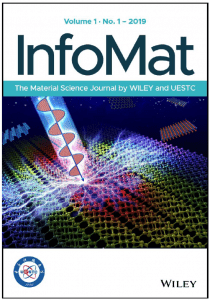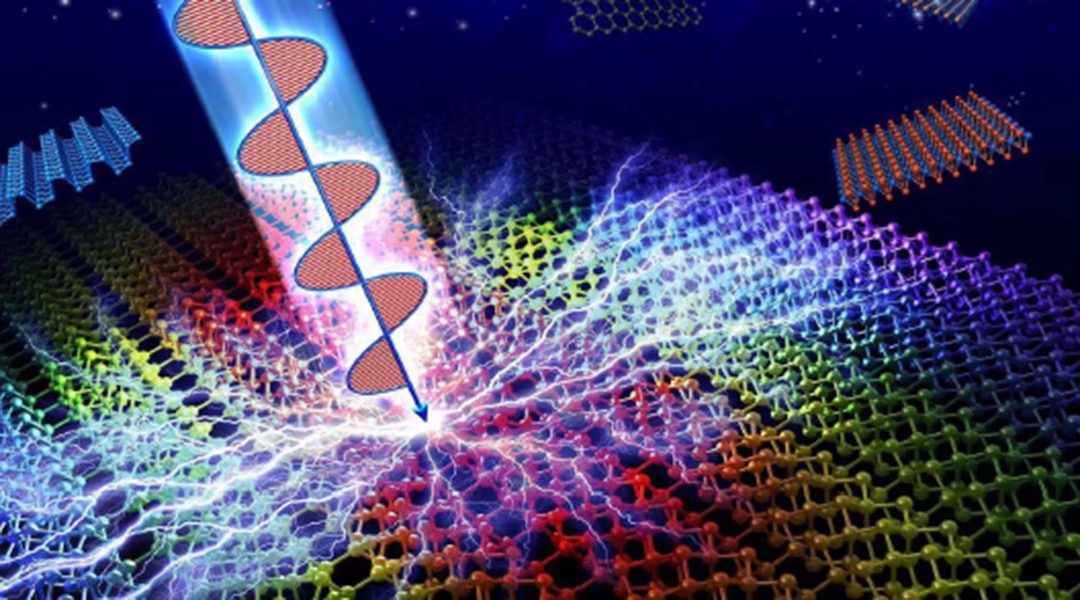
InfoMat is an interdisciplinary and open-access journal that will address the growing scientific interest in new materials with unique electrical, optical, and magnetic properties, and their applications in the rapid development of information technology. It will serve as a high-quality platform for researchers working in a wide variety of scientific areas to communicate their findings and critical opinions, as well as bring the communities of materials science and information technology together to contribute to this emerging field.
InfoMat aims to publish experimental and theoretical approaches dealing with the issues of novel materials that have the potential to be applied in contemporary or upcoming information technologies. The scope of this journal is internationally broad and falls within materials science, electrical electronics, and telecommunication categories. The journal recognizes the complexity of these issues, and therefore particularly welcomes innovative, interdisciplinary research with wide impact. The readership of the journal includes both researchers and engineers from academia and industry.
InfoMat invites you to submit original research and review articles. All papers will be published online as soon as they are accepted and will be fully citable. In addition, there are no article publication charges for the first three publication years of InfoMat.
Please submit the articles that are related to the following topics:
electronics, supercapacitors, memory devices, thermoelectrics, transistors, optoelectronics, 2D materials, flexible electronics, sensors, thin films, magnetoelectronics, surfaces, superconductivity, graphene, spintronics, electromechanics, electroceramics, device physics, logic state, semiconductors, charge transport, antiferroelectrics, machine learning, magnetism, and nanotechnology
All manuscripts will undergo the standard peer-review process. Please email [email protected] if you have any queries.
If you wish to submit a review article, please send a one-page overview of your proposed submission to [email protected] prior to submission. Submissions should be made online via ScholarOne submission site.
The editors of this journal are:
Editor-in-Chief: Prof. Yanrong Li, University of Electronic Science and Technology of China

Associate Editors: Prof. Qihua Xiong, Nanyang Technological University; Prof. Carole Diederichs, Ecole Normale Supérieure de Paris; Prof. Roberto Morandotti, Institute National de la Recherche Scientifique (INRS); Prof. Jianhua Hao, Hong Kong Polytechnic University; Prof. Yichun Liu, Northeast Normal University

Consulting Editors: Dr. José Oliveira, VP & Editorial Director, Editor-in-Chief of Small and Small Methods; Dr. Daping Zhang, Associate Director, Editorial and Society Management; Dr. Guangchen Xu, Associate Director, Deputy Editor of Small, Small Methods, and Advanced Energy Materials


















